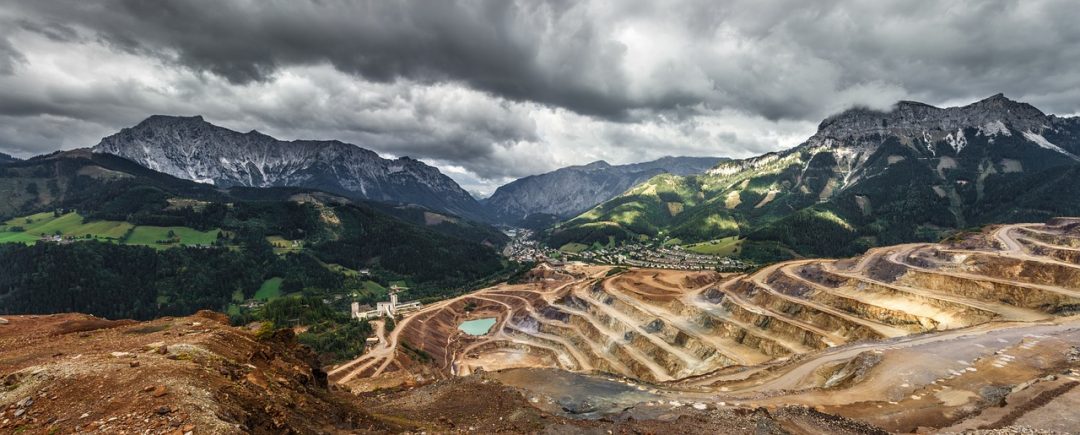Wouldn’t it be nice if land ownership was simple and easy to understand? We think so, too. But, until that day comes, there are always internet resources, right?
Mineral rights are tough for the layman to understand, which is why we’re happy to break it down for you in this article regarding mineral rights in Texas. Here’s what you need to know:
What Are Mineral Rights?
Americans typically enjoy a wide range of rights relating to our properties. There are cases, however, where someone has already purchased the mineral rights to the land you own. Let’s examine what mineral rights entail, and how to tell if you own them or not.
Basics of Gas and Oil Rights
A majority of landowners are unconcerned with the minerals beneath their land; this can change, though, when they receive a letter or other communication from a company informing them that a company wants to lease those rights.
Home and landowners are right to take an interest at this point because it generally means that a company is seeking to take control of their Oil/Gas and Mineral Lease. While this arrangement dates back to the turn of the 20th Century, it thrives to this day; usually, a company offers a lease bonus to the landowner, but it typically only represents a small portion of what the landowners themselves could garner from selling said minerals.
Oil and mineral drilling companies rely on the expectation that a majority of landowners have no interest or ability to drill for these minerals–after all, who among the average citizenry has the means to conduct hydraulic fracking?
The Most Common Minerals in Texas
Landowners in Texas are most frequently interested in the oil and gas that might lie under their properties. However, in addition to oil and natural gas, Texas lands are often rich in gems and rocks like onyx, gypsum, and other minerals.
Who Owns the Mineral Rights on Your Property?
If you’re interested in who owns your Texas Mineral Rights located below your property, the best place to start is your local County Clerk’s Office–not only is this a free resource; they typically have some of the most up-to-date information you can find.
If this fails you, you should check with the County Commissioners or local courthouse in your area, checking the “Chain of Title” for your property. This is a record of documents, organized by year, that shows the mineral rights on your property.
While these are both great places to start, mineral rights can be quite nebulous and hard to understand–often to the point where you need the help of a local law office to interpret them for you. Fortunately, a simple Google search can usually yield the name of an attorney who is qualified to inform you about land issues like these.
If you have further questions, you should look for local government resources pertaining to this information.





